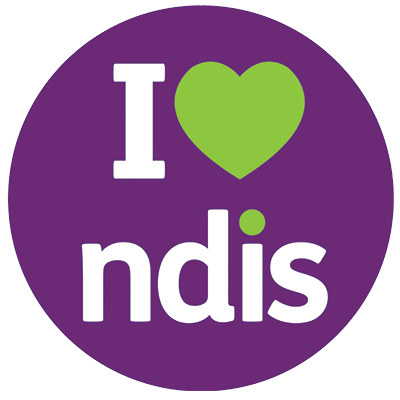Understanding and Choosing the Right Method for a Business
Pay As You Go Instalments or PAYG Instalments are implemented by the Australian Taxation Office (ATO) to help businesses and individuals meet their income tax obligations throughout the financial year. It is particularly relevant for businesses that expect to have a tax liability at the end of the financial year. PAYG Instalments require businesses to make regular payments toward their expected tax liability, which are credited against their annual income tax assessment.
There are two primary methods to calculate and pay PAYG Instalments:
- Instalment Amount: Under this method, the ATO provides an estimate of your expected tax liability based on your previous year’s income and tax return. Businesses then make regular, pre-determined payments throughout the financial year, generally on a quarterly basis. The ATO’s estimate is designed to align with your expected income, ensuring your payments are proportional to your earnings.
- Instalment Rate: This method allows businesses to calculate their own PAYG Instalments based on their actual income and business activity. You are required to estimate your expected income for the current financial year and apply the applicable instalment rate, which can vary based on your business type and circumstances. Your payments will then fluctuate with your actual income, ensuring a more precise contribution to your annual tax liability.
Choosing the most suitable method for your business depends on various factors:
- Income Stability: If income is relatively stable and consistent from year to year, the Instalment Amount method may be more convenient, as it simplifies payment obligations.
- Income Variability: For businesses with fluctuating incomes, the Instalment Rate method offers flexibility by allowing adjustment to payments in accordance with actual earnings.
- Accuracy: If a business can make reasonably accurate income projections, the Instalment Rate method may help avoid overpaying or underpaying tax.
From the ATO
Case study 1: Kelly the DJ
Kelly is a DJ, working at festivals from November to January. She chooses to use the instalment rate method as it suits her seasonal business income.
Using the rate method means she needs to work out her business income each period. It helps her manage cash flow because the amounts she pays will vary in line with her income.
When Kelly receives her BAS or instalment notice, she calculates the instalment based on her income for that period, multiplied by the rate provided.
Case Study 2: David the plumber
David is a plumber with a regular monthly business income, so he chooses the instalment amount method. He won’t need to work out his business income each period to use this method.
David pays the instalment shown on his BAS. The amount is calculated from the information in his last lodged tax return.
Source: ATO – Which PAYG instalment method best suits your needs?
The BAS Agent’s Role
A BAS Agent is permitted to make the changes on the BAS – to have the BAS calculate the correct PAYGI based on the information – however, it is not the permitted role of a BAS agent (nor any contractor who is not a Tax Agent) to advise on what a new PAYGI rate should be.
A BAS Agent needs to receive instructions from the correctly authorised person within a business (or the business’s Tax Agent) regarding the new PAYGI rate or outcome. The BAS Agent can then amend the rate on the BAS.
The Tax Agent’s Role
The revision of the PAYGI rate or amounts is the realm of the Tax Agent as it requires the interpretation and application of income tax laws to the business circumstances.






